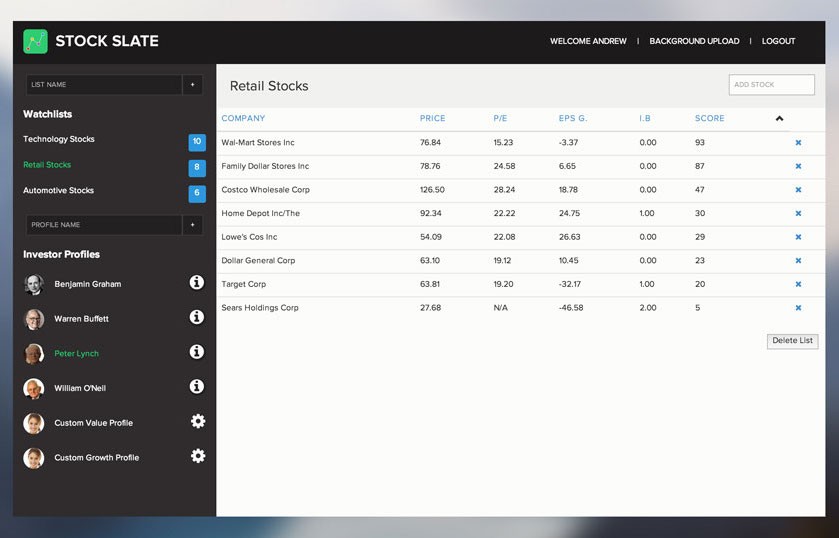3 Hypotheses We Tested at Hack the North
— Blog, Blog(Startups) — 7 min read
Looking for Hack the North Part 1? Check out 3 Ways Hack the North Improved our Startup!
As part of the Laurier Launchpad since October 2013, we quickly learned the "Lean Startup" methodology developed by Steve Blank, a legendary Silicon Valley serial entrepreneur and Stanford professor. Distilled to one sentence, it is making decisions in your startup, not based on your intuition, but based on what your real results are with your product, market, and customers. Customer interviews, minimum viable products (MVP), and split testing marketing material are just a few of the many techniques used to test initial assumptions about your market, customers, or product.
Throughout our development of Webplio, we have been successful at practically applying this methodology to our business (we have won over $27,000 at national and international competitions for our use of the lean startup process and business model canvas: IBMC, CBMC). As Hack the North approached we saw the opportunity to test three new assumptions we had for our product, market, and customers:
- Product: we could more easily build a fluid, efficient web app by leveraging the synergy of the MEAN stack
- Market: Our Webplio "Scores" are not limited to just website analytics but could be applied to a financial data and provide significant value
- Customers: people respond better to a simple straight forward demo video (a la Dropbox)
Product
Webplio presents business owners with easy to understand website performance information and insights. It's currently coded in PHP using the Symfony2 framework but we haven't had time yet to build in any asynchronous technologies like AJAX. These types of web technologies allow for no page reloads, all data would change fluidly and dynamically. Within any browser and on any device, Webplio would be as fluid, fun, and approachable as an iPad app. The only question we still had was how we should implement this powerful functionality (there are a lot of options!).

With many different ways to implement this fluid user experience, we wanted to test our top pick within a real project. Instead of just reading spec sheets, we could see how it interacts with our existing development styles and team. Based on Brandon's extensive research, we decided we would test the entire MEAN stack with our Hack the North team to get a better feel for the stack synergy.

Stock Slate confirmed our hypothesis. Using the MEAN stack as the backbone for our real-time stocks application, we could easily test the most important capabilities of the framework.
Could it process lots of data in real-time? Yes.
Could it easily plug into different APIs to grab the data? Yup.
Was the end user experience as fluid as an iPad app? You bet.
Hack the North provided a perfect opportunity to test if the MEAN stack would be the best way to bring powerful fluid functionality to Webplio users. Over the coming months we'll be bringing some of the best aspects of the MEAN stack to Webplio. We can't wait for it to feel more like an iPad app, and less like just another online dashboard.
Market
One of the primary value propositions for Webplio are Webplio Scores. For example, instead of using 5 different metrics to evaluate effectiveness, Webplio users only need their Webplio Score which summarizes overall performance into a single number. Webplio Scores have been used to evaluate effectiveness of referral traffic, landing pages, and even server performance but had never been used outside of website analytics...until Hack the North.

Our primary test with Stock Slate was to see if our approach with scores would be applicable to different industries and data sets. We had to address both the technical feasibility of a score addressing close to 10 metrics and additionally ensure that it was a valuable tool for user, not just another number in a table. We worked late into the final hours of Hack the North refining both of these aspects.

When we showed peers, judges, and sponsors they all had the same reaction: disbelief.
"You automated fundamental stock analysis?! That's genius. I'd use this."
"Wow! Warren Buffett likes my picks! This is so simple."
With Stock Slate, investing was now approachable to a whole new segment of the population. You could now make informed decisions without being a wall street banker or having a financial mathematics degree! It was very rewarding to see our vision of Stock Slate manifested in just 36 hours. We also were able to confirm our initial hypothesis that Webplio Score algorithms could successfully be applied to new industries and data sets. Mission Accomplished.
Customers
For our initial promotional videos for Webplio, we didn't yet have a working dashboard that we could demo live, so we compensated. Moving graphics and 3D effects helped give the illusion of a working product but it didn't resonate with our potential customers. For Stock Slate, we knew we would have a working demo so we could try a new approach.
We looked at other successful videos from startups and found that the first Dropbox demo video was unbelievably successful. CEO Drew Houston recalled the impact of the video, “It drove hundreds of thousands of people to the website. Our beta waiting list went from 5,000 people to 75,000 people literally overnight. It totally blew us away.”*2 When we dissected Drew Houston's initial Dropbox demo it's clear that they nailed the basics.
Scripted conversation, not a pitch. Video screencapture demo. Simple articulation of value prop. Easter eggs.
With Stock Slate we focused on the basics. Identify the problem. Demo how somebody would regularly use it. Show the power of the unique value proposition. When you don't know your product, market or customers well enough, these basic tasks can require unnecessary explanation. With a 100 second time limit from Hack the North, we were forced to quickly distill Stock Slate to it's most basic value proposition and articulate that concisely.
The Stock Slate demo video was our first video to hit the magic 301+ on YouTube. Within 60 minutes of posting it on /r/investing we already had 9 people comment asking where they can sign up and start using it.
This was a video that resonated with people. This was a video that inspired action. This was a video that would drive sales. Thanks to this powerful confirmation of our final hypothesis, we will be releasing a new Webplio demo video next week that gets back to the basics.
tl;dr
- Whether you know the "Lean Startup" process or not, start believing that everything you do is a hypothesis. If it goes well, great! Figure out how to keep doing it better. If not, change your next decision to readjust your heading based on what went wrong.
- In a startup, test all possible aspects of your product, market, and customers. You'll never regret having more data at your fingertips when making decisions about a new product feature, expanding to a new market, or better targeting your advertising to a specific customer segment.
- Opportunities to test your hypotheses are everywhere! Take off your blinders! A/B test your marketing. Incorporate usage statistics into your product. Interview more customers to get their honest long form opinion. If you want to succeed as a startup, you need to know your product, market, and customers better than anybody else.
-
*1 - Stock Slate does not provide financial advice in any form but is simply a data analysis tool for providing real time fundamental analysis. All investment decisions should be considered independently and approved by a professional advisor.
-
*2 - Drew Houston quote via Tech Crunch